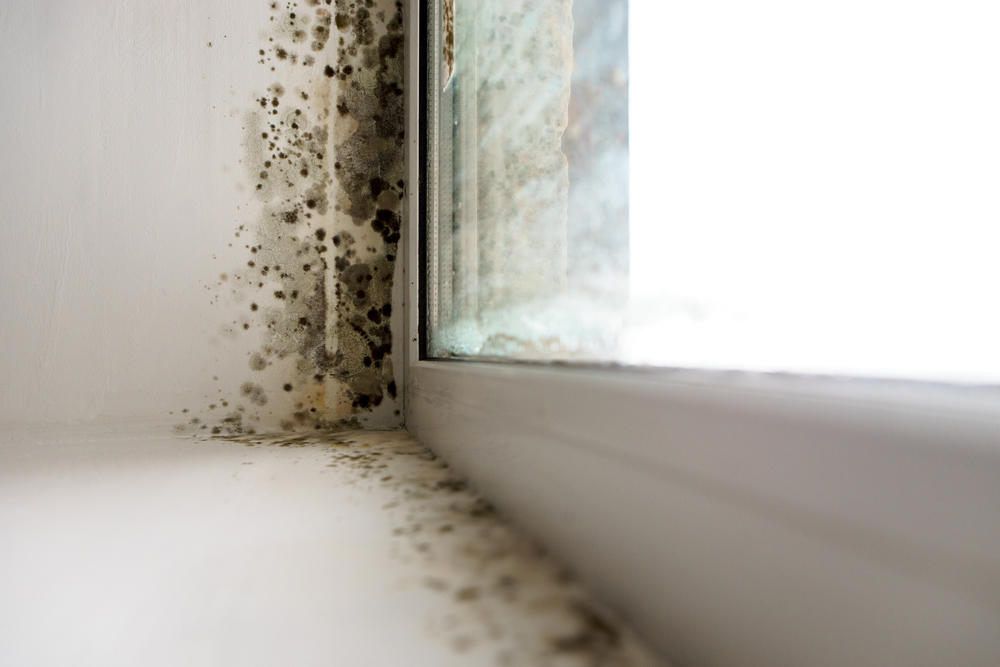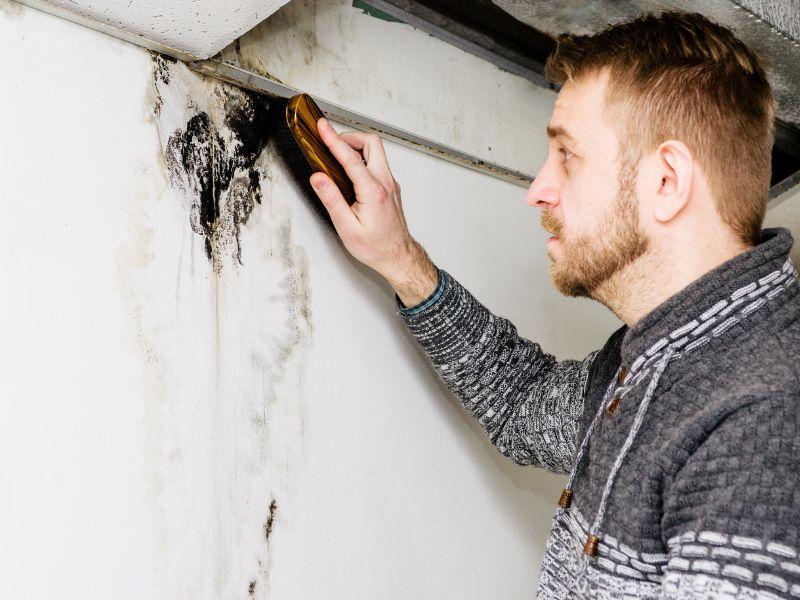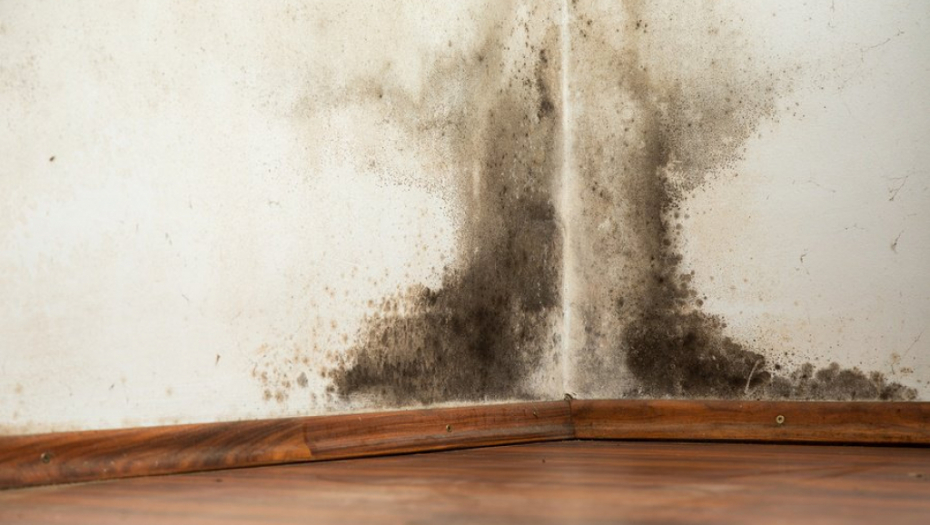Mold is often an unseen invader, lurking in the corners of our homes and workplaces, quietly feasting on organic materials and thriving in damp environments. It may appear innocuous, but the presence of mold can dramatically impact indoor air quality, leading to a host of health risks that are all too easy to overlook.
From respiratory issues and allergic reactions to more severe complications, the effects of mold can be far-reaching. As we delve into the complex relationship between mold and air quality, it becomes essential to understand how this pervasive organism not only alters our environment but also poses significant threats to our well-being.
The quest for clean air is a journey that requires awareness and action, as the dangers of mold extend beyond mere aesthetics—into the very air we breathe.
The Impact of Mold on Indoor Air Quality

Mold proliferates in damp, poorly ventilated spaces, and its presence can significantly compromise indoor air quality, leading to a myriad of health issues and discomfort. As spores disperse into the environment, they can trigger allergic reactions, respiratory problems, and exacerbate existing conditions such as asthma.
The air we breathe becomes laden with harmful mycotoxins, which can cause a range of symptoms from headaches to chronic fatigue. Even seemingly benign molds can produce volatile organic compounds (VOCs) that further degrade air quality, contributing to a musty odor that may pervade living areas.
It’s not just about the visible patches on walls or ceilings; the pervasive nature of mold can infiltrate every corner of a home, making remediation efforts all the more crucial. Understanding these risks is vital for anyone aiming to preserve a healthy living environment, as the longer mold persists, the more entrenched its effects on air quality become.
Health Risks Associated with Mold Exposure

Mold exposure poses significant health risks that can range from mild to severe, affecting a wide array of individuals differently. For some, particularly those with pre-existing respiratory conditions or weakened immune systems, even brief encounters can trigger a cascade of effects—wheezing, coughing, or even debilitating allergic reactions.
Asthma sufferers may find their symptoms exacerbated, while others may experience skin irritations or unexplained headaches. In more alarming cases, long-term exposure to high levels of mold spores has been linked to persistent respiratory issues, chronic fatigue, and even neurological conditions.
The invisible nature of mold spores makes their threat insidious, as they can infiltrate everyday environments, proliferating quietly within damp corners of homes and workplaces. Understanding these health implications is crucial not just for those already affected, but also for anyone striving to maintain a safe, healthy indoor environment.
Preventing Mold Growth in Indoor Spaces

Preventing mold growth in indoor spaces is not merely a chore; it’s an essential practice for maintaining a healthy environment. To start, monitoring humidity levels is crucial—ideally, indoor humidity should stay between 30% and 50%.
Consider investing in dehumidifiers, especially in damp areas like basements or bathrooms. Moreover, regular ventilation is key; open windows when possible and utilize exhaust fans during cooking or showering to circulate air.
Pay close attention to any leaks or water-damaged areas; addressing these issues promptly can prevent mold from taking hold. Additionally, opt for mold-resistant materials in construction and renovation projects.
Ultimately, combining vigilance and proactive maintenance creates a robust defense against mold, ensuring your indoor air quality remains pristine.
Conclusion
In conclusion, understanding the impact of mold on indoor air quality is essential for maintaining a healthy living environment. Mold not only poses immediate health risks such as respiratory issues, allergies, and irritation, but can also lead to long-term complications if left unaddressed.
To mitigate these risks, its crucial to conduct regular inspections and, if necessary, professional mold testing—such as those offered by mold testing Tampa—to identify any hidden problems in your home or workplace. By taking proactive steps to manage mold growth, you can protect the health and well-being of everyone who occupies the space, ensuring a safe and comfortable atmosphere for all.


